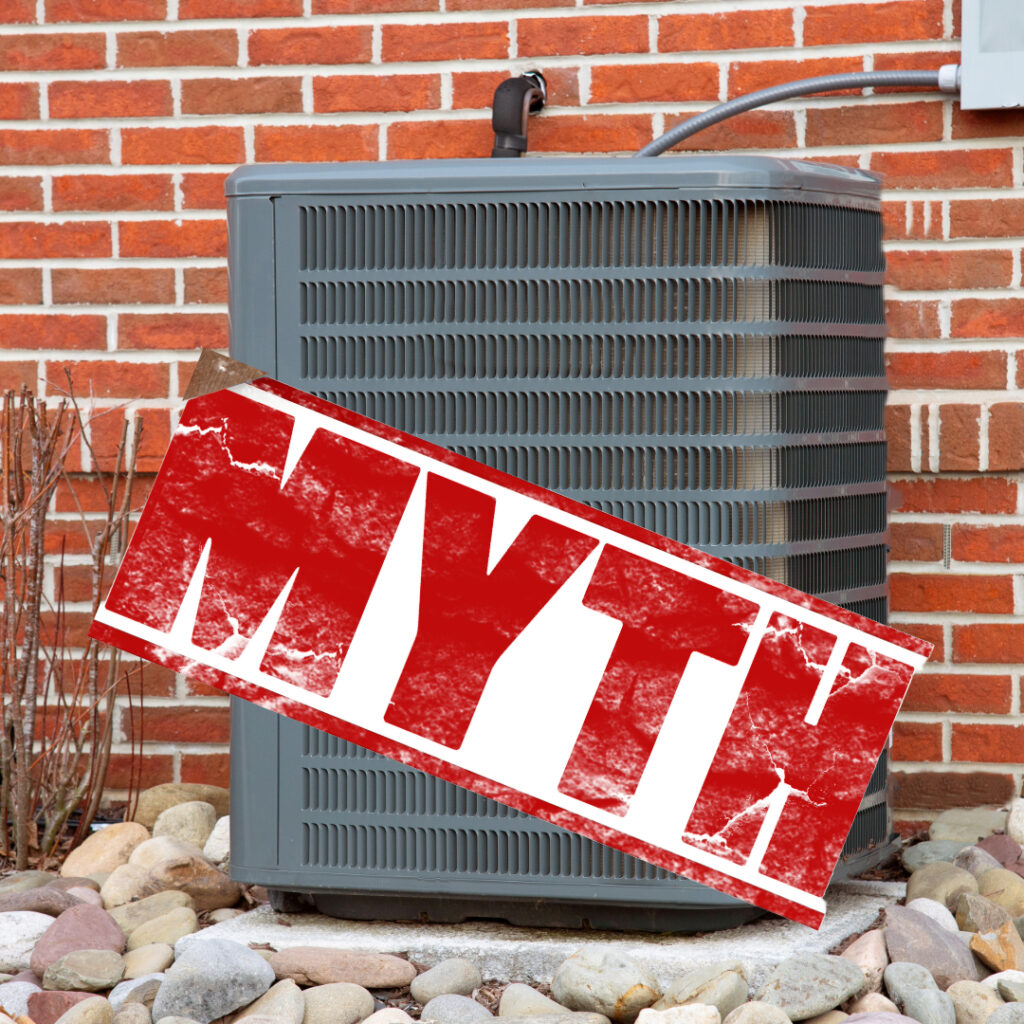Heating and cooling systems are essential for maintaining a comfortable indoor environment throughout the year. However, azZA
Misconception 1: Closing Vents in Unused Rooms Saves Energy
It seems logical to close vents in rooms that are not in use to save energy. However, doing so can actually harm your AC system and increase energy costs. Modern systems are designed to balance airflow throughout the home. Closing vents disrupt this balance, causing the system to work harder to maintain the desired temperature. This can lead to increased energy consumption, higher utility bills, and potential damage to the system. Instead, consider installing a zoning system that allows for precise temperature control in different areas of your home.
Misconception 2: Air Filters Only Need to Be Changed Once a Year
Air filters play a crucial role in maintaining indoor air quality and ensuring the efficient operation of your HVAC system. Many homeowners believe that air filters only need to be changed once a year, but this is far from the truth. Depending on the type of filter and household conditions, such as the presence of pets or allergies, filters should typically be changed every 1 to 3 months. Regularly changing air filters helps maintain proper airflow, reduces strain on the system, and improves indoor air quality.
Misconception 3: Setting the Thermostat Higher Heats the Home Faster
Another common misconception is that setting the thermostat higher will heat the home faster. AC systems operate at a consistent rate, regardless of the temperature setting. Setting the thermostat higher than needed won’t speed up the heating process; it will only cause the system to run longer, potentially overheating the home and wasting energy. The best approach is to set the thermostat to your desired temperature and allow the system to reach it gradually.
Misconception 4: Turning Off the Thermostat System Saves Energy
Some homeowners think that turning off their thermostats when they leave the house for a few hours saves energy. However, this can cause the system to work harder to recondition the home when it’s turned back on, especially during extreme weather conditions. Instead, using a programmable thermostat to adjust the temperature while you’re away can save energy without overworking the system. This approach maintains a more consistent indoor environment and reduces overall energy consumption.
Understanding and dispelling these common misconceptions can help homeowners make informed decisions about their heating and cooling systems. For professional advice and services, call Heat Relief at (503) 877-1713.

